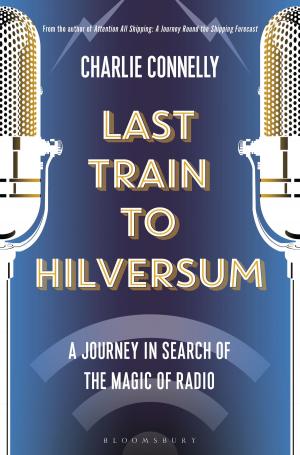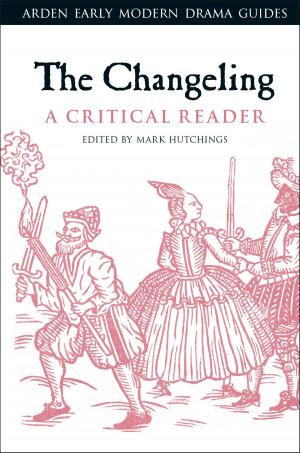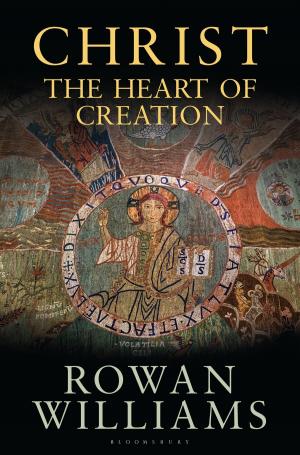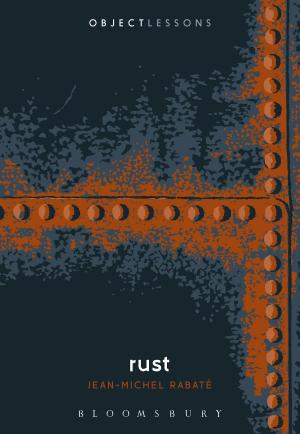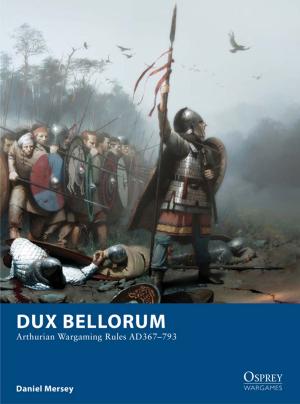Sir Arthur Evans and Minoan Crete
Creating the Vision of Knossos
Nonfiction, Art & Architecture, General Art, Social & Cultural Studies, Social Science, History| Author: | Nanno Marinatos | ISBN: | 9780857738837 |
| Publisher: | Bloomsbury Publishing | Publication: | December 22, 2014 |
| Imprint: | I.B. Tauris | Language: | English |
| Author: | Nanno Marinatos |
| ISBN: | 9780857738837 |
| Publisher: | Bloomsbury Publishing |
| Publication: | December 22, 2014 |
| Imprint: | I.B. Tauris |
| Language: | English |
Before Sir Arthur Evans, the principal object of Greek prehistoric archaeology was the reconstruction of history in relation to myth. European travellers to Greece viewed its picturesque ruins as the gateway to mythical times, while Heinrich Schliemann, at the end of the nineteenth century, allegedly uncovered at Troy and Mycenae the legendary cities of the Homeric epics. It was Evans who, in his controversial excavations at Knossos, steered Aegean archaeology away from Homer towards the broader Mediterranean world. Yet in so doing he is thought to have done his own inventing, recreating the Cretan Labyrinth via the Bronze Age myth of the Minotaur. Nanno Marinatos challenges the entrenched idea that Evans was nothing more than a flamboyant researcher who turned speculation into history. She argues that Evans was a proper archaeologist who used scientific observation and classification. Evans' combination of anthropology, comparative religion and analysis of cultic artefacts enabled him to develop a bold new method which the author calls 'mental anthropology'. This method enabled him to develop remarkable ideas about Minoan religion that are now being vindicated as startling new evidence comes to light.
Before Sir Arthur Evans, the principal object of Greek prehistoric archaeology was the reconstruction of history in relation to myth. European travellers to Greece viewed its picturesque ruins as the gateway to mythical times, while Heinrich Schliemann, at the end of the nineteenth century, allegedly uncovered at Troy and Mycenae the legendary cities of the Homeric epics. It was Evans who, in his controversial excavations at Knossos, steered Aegean archaeology away from Homer towards the broader Mediterranean world. Yet in so doing he is thought to have done his own inventing, recreating the Cretan Labyrinth via the Bronze Age myth of the Minotaur. Nanno Marinatos challenges the entrenched idea that Evans was nothing more than a flamboyant researcher who turned speculation into history. She argues that Evans was a proper archaeologist who used scientific observation and classification. Evans' combination of anthropology, comparative religion and analysis of cultic artefacts enabled him to develop a bold new method which the author calls 'mental anthropology'. This method enabled him to develop remarkable ideas about Minoan religion that are now being vindicated as startling new evidence comes to light.

